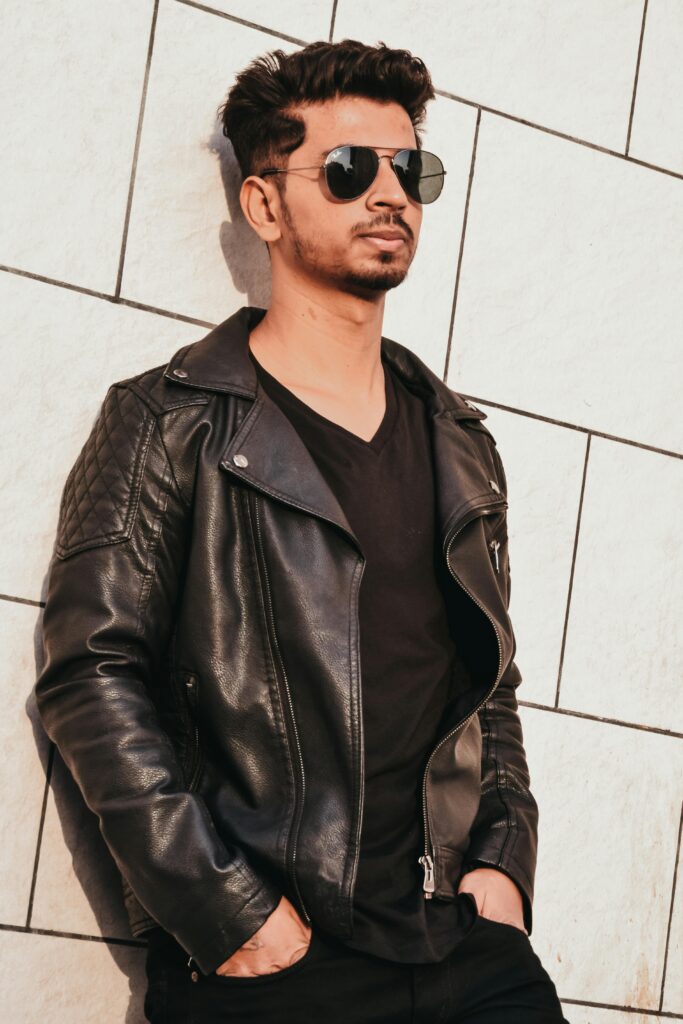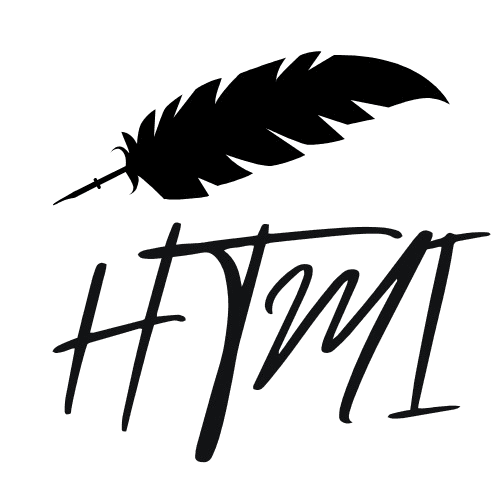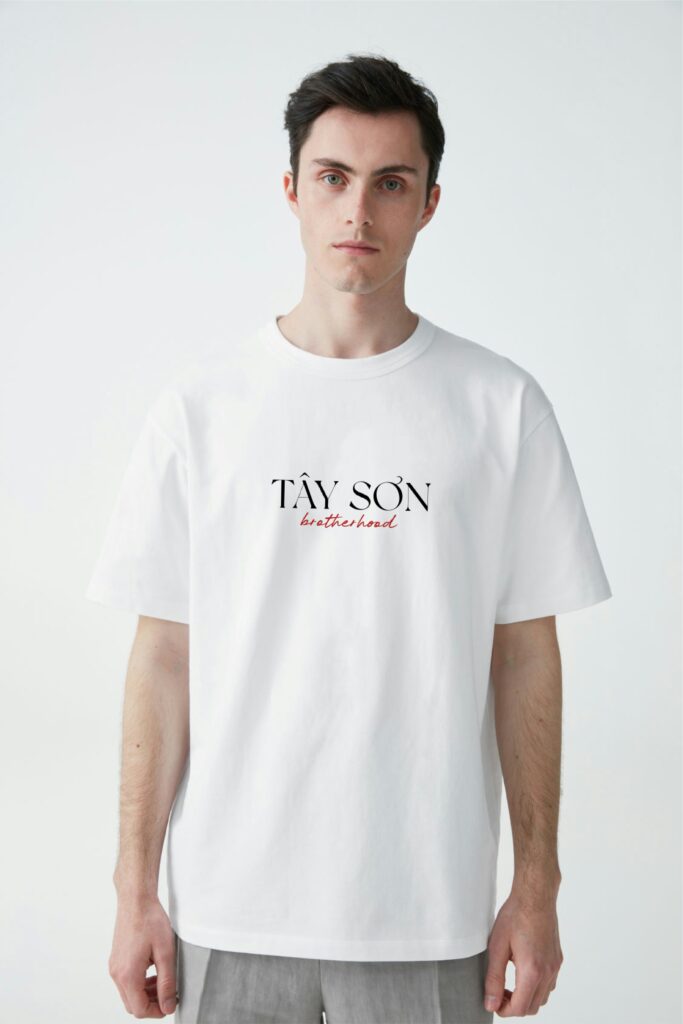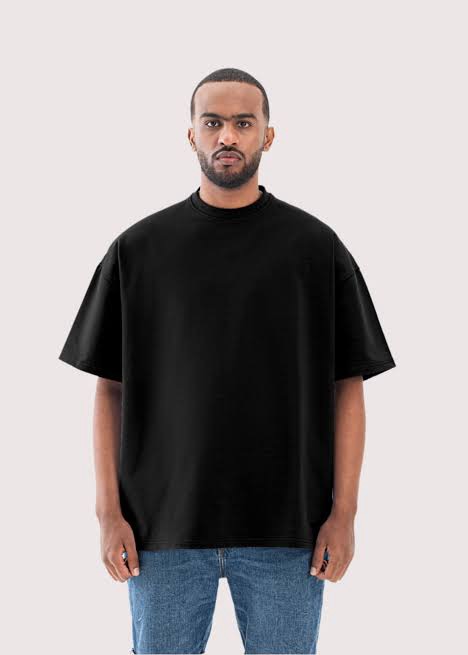Jacket manufacturing combines fashion design with functionality. Jackets are one of the most important pieces of outerwear, protecting against the elements while making a strong style statement. Let’s explore the step-by-step process behind creating high-quality jackets.
Step-by-Step Jacket Manufacturing Process
1. Jacket Manufacturing: Design & Planning
The journey begins with fashion designers sketching concepts and selecting jacket types — from leather biker jackets to padded winter coats.
2. Fabric & Material Selection
Premium jackets use materials like leather, wool, denim, polyester, or technical fabrics. The choice of fabric depends on season, style, and durability requirements.
3. Pattern Making
Pattern makers create templates for each jacket piece. This ensures consistency in cutting and assembly during bulk production.
4. Cutting the Fabric
Large fabric rolls are cut into jacket parts using automated cutting machines or skilled hand cutting for smaller batches.
5. Stitching & Assembly
Tailors sew jacket panels together, adding features like zippers, buttons, and collars. Padding or insulation is inserted for winter jackets.

6. Lining & Finishing
Most jackets include an inner lining for comfort and structure. Finishing touches such as topstitching, branding labels, and pressing give the jacket its final look.

Types of Jackets
- Leather Jackets: Timeless and stylish, often associated with durability.
- Denim Jackets: Casual outerwear popular for all genders.
- Bomber Jackets: Lightweight and trendy.
- Puffer Jackets: Insulated and perfect for cold weather.
Why Jackets Are Essential in Fashion
Jackets are not just outerwear — they are iconic wardrobe staples. From luxury runways to streetwear, jacket manufacturing continues to evolve with new fabrics and designs.



